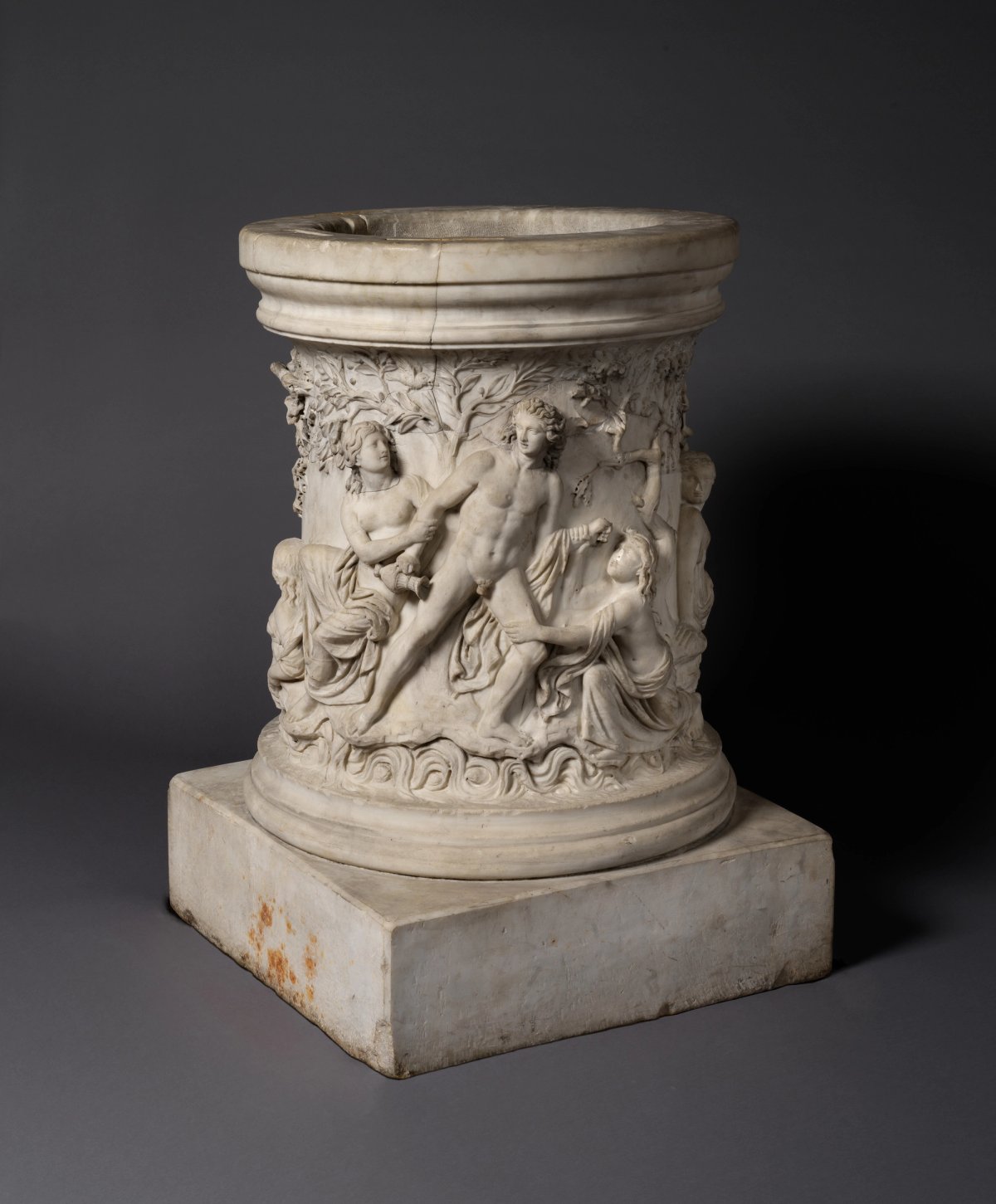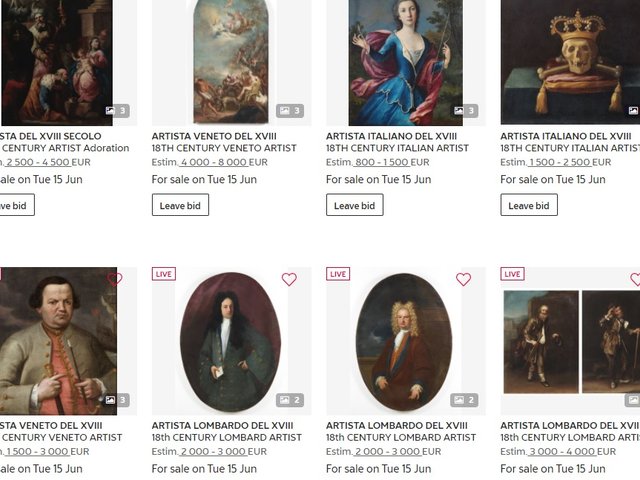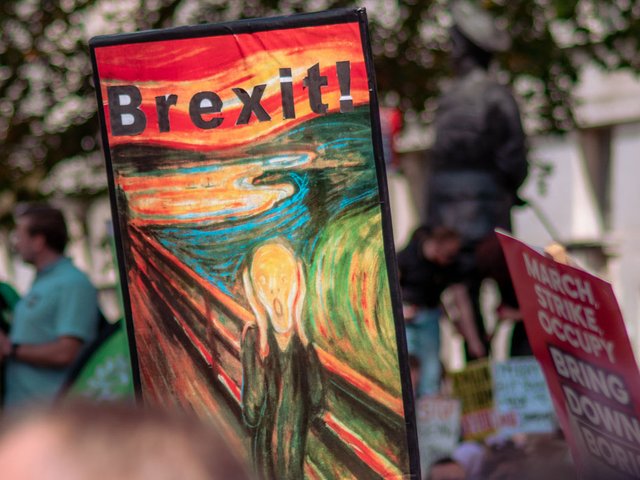Seventy-five years ago, the UK’s post-war Labour government appointed a committee chaired by Viscount Waverley to examine the export of “works of art, books, manuscripts, armour and antiques” and to recommend a new government policy in this area. The impact of the committee’s report two years later can still be felt today.
The central recommendation was for exports to be deferred for objects over 100 years of age and of exceptional significance for history, national life, aesthetics or scholarship, still known today as the “Waverley criteria”, though the age threshold is now 50 years. The committee wisely avoided extremes: it didn’t recommend permanent bars on great works leaving the country, only a temporary deferral period in which UK entities could make fair market offers.
Each country has its own approach to controlling the departure of cultural treasures and these can vary considerably. Many heritage-rich ‘source’ countries strictly forbid exports of excavated antiquities. The US, on the other hand, doesn’t impose export licensing on national treasures at all—a free market approach. The UK fits somewhere in the middle.
Are rules set up three-quarters of a century ago still fit for purpose? A vast number of objects now need to be processed by Arts Council England and the onus to acquire deferred works at sums that would have seemed inconceivable in the 1950s rests largely on public institutions. In the latest reported year, 5,745 export applications were made covering over 28,000 objects that had to be assessed by expert advisers, usually senior curators or academics, under the Waverley criteria. The value of works going through the system each year totals billions of pounds. The system casts an extremely wide net to catch only a few fish. Last year, only six items were “saved for the nation”, at a total value of just over £500,000, a minuscule fraction of the numbers and values processed.
Two questions arise, one from the top end of the market and one from the bottom. From the top, should greater funding and support not go to UK entities making offers to purchase? This does not necessarily have to be in the traditional form of grants to museums. Export consultant Anastasia Tennant has advocated for greater tax incentives for corporate entities in particular, who could buy works and put them on display in UK museums, thus rescuing them for public benefit.
And from the bottom end, is it really necessary that so many objects get caught in the net? Might it not be sensible to increase the value and age thresholds for much of the material requiring licences? For example, objects above the following values require individual licences: £180,000 for oil paintings, £65,000 for most other cultural objects and £0 for manuscripts and UK archaeological finds. While values in the art market have skyrocketed over the last number of years, these thresholds have been frozen since 2002, for no seemingly good reason. Is the time not ripe to increase them?
Increasing thresholds could allow the UK art trade to flow more fluidly, strengthen connections with overseas buyers, and align with the stated goals of the current Labour government to increase foreign investment and stimulate economic growth. The focus could then turn to capturing the handful of masterpieces that might be worth retaining.
No less a body than the Waverley Committee noted in 1952 that “export control is best applied to a small number of objects of high importance, and becomes progressively less effective and more irksome the larger the number of objects it is sought to control”. Wise words.





